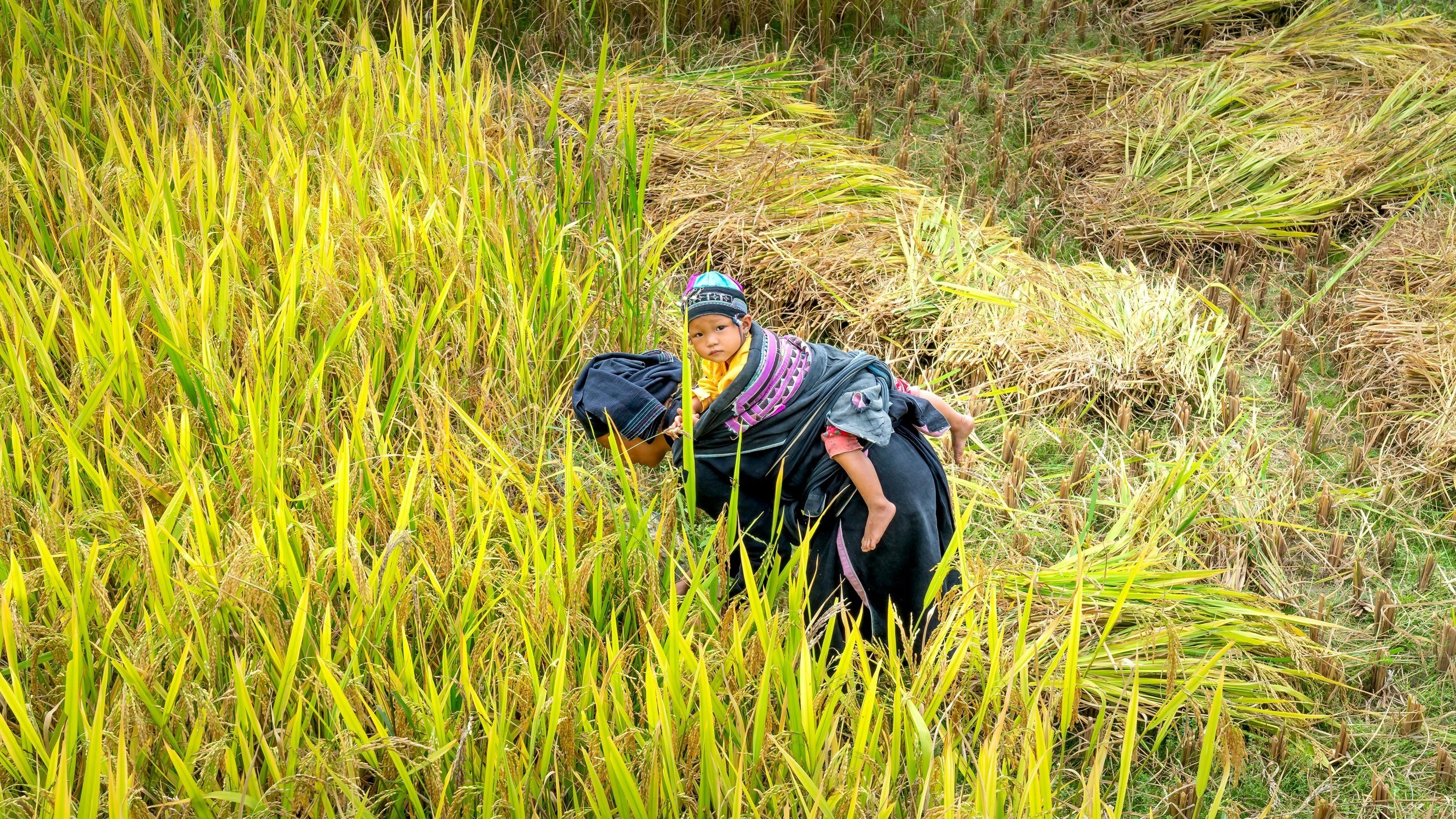TIP & CA4SH Joint Programme: Indigenous Peoples approaches in managing soil health and ecosystem services
“Dealing with Indigenous Peoples and the complexities of relationship with nature, I think we will probably have to find ways of doing that in a way that involves science, but also in a way that is co-creative.”
The cultural and social values of Indigenous Peoples, including their reverential approach to soils and nature, are crucial elements for overcoming or developing resilience to the current climate crisis. Moreover, Indigenous communities hold intergenerational knowledge about their local environments and biodiversity, and have witnessed changes over time that science alone can only attempt to convey.
The roles of Indigenous Peoples in food systems and as land managers are no small matter either. Their practices of fostering Nature’s stewardship are multilayered and span the farm to landscape continuum, collectively ensuring good soil health management. More than 25% of the World’s land surface lies under the care of Indigenous Peoples, intersecting with 37% of remaining natural lands. These areas are havens for biodiversity and sustainable land management, achieving the harmony with nature that many agroecology for development projects strive to reach.
Despite this, Indigenous People are increasingly being challenged by food systems that don’t work for them, and by soil degradation resulting from alien practices that makes their traditional livelihoods a challenge to live by.
Neither of these challenges originate from the traditional practices of Indigenous Peoples.
The Indigenous Partnership for Agrobiodiversity and Food Sovereignty’s (TIP) objectives include generating evidence amongst Indigenous Peoples’ food systems, and scaling adoption of Indigenous Peoples knowledge, approaches and practices as possible game changers to the global challenges of food security, the climate crisis, and environmental degradation.
In an ongoing project funded by the Rockefeller Foundation titled Demonstrating that People and Landscapes thrive under Indigenous Peoples’ Food Systems, TIP and local Indigenous partners are uncovering just how nuanced the relationships between Indigenous Peoples and landscapes are, with examples from Thailand, Kenya, India, and Mexico. The emerging results demonstrate how greatly this affects the way we talk about food systems and sustainable land management.
For example, the project, which utilizes the Tool for Agroecology Performance Evaluation (TAPE) methodology, involved surveys to demonstrate how Indigenous food systems align with the principles of agroecology. Surprisingly, the results showed that, in some cases, while scores for many elements were very high, the level of alignment of others was very low. Upon a closer look and consultation with stakeholders, this was because several of the indicators did not reflect local conditions. For example, the indicators for water recycling were rated very low to nonexistent in some sites. This is not a case of wastefulness, but because people have aligned their cropping season to the rainy periods and avoid cultivation during the dry season.
Another consideration is how we observe food systems practices through a colonial lens. Indigenous Food systems are not a monolith, but can be a combination of cultivation, foraging, and hunting, varying within and across landscapes.
“These are people who are hunter-gatherers, who have been forced through policy actions into a food system that is very sedentary and very different from their point of view, and you could see from the [TAPE] survey, the impact of that,” said Phrang Roy, Coordinator of TIP, referring to the Ogek people, a community included in the TAPE study, in a recent collaboration call with CA4SH.
This calls for an outcome framework that is responsive to the needs and contexts of Indigenous communities and that includes indicators that are acceptable to both Indigenous peoples and national decision-makers.
“Dealing with Indigenous Peoples and the complexities of relationship with nature, I think we will probably have to find ways of doing that in a way that involves science, but also in a way that is co-creative,” said Phrang Roy.
CA4SH recognizes and appreciates Indigenous Peoples as custodians and knowledge holders that nurture harmonious relationships with nature, and Indigenous Peoples knowledge systems as repositories of potential game changing solutions. While there is tremendous potential to learn from their knowledge systems, there is also a need for revitalizing ‘damaged’ systems. Their soils are deteriorating and we want to see how traditional knowledge and modern science can work together as equal partners to support a common goal.
TIP and CA4SH are now embarking on a joint-programme with the aim of underpinning advocacy work done by Indigenous People – which is often taken for granted in science and policy dialogue – generating knowledge that is owned by and enthusiastically shared by Indigenous Peoples, and co-creating indicators that help document people’s relationships with soil over time.
Through these media, we hope to achieve the following:
Answer key questions and fill knowledge gaps around the impact of land management on soil health
Generate evidence, validate the scientific rationale underlying Indigenous Peoples practices and approaches in managing soil health and ecosystem services, and co-generate solutions building on the traditional wisdom of Indigenous Peoples knowledge, approaches, and practices
Identify a few Indigenous Peoples’ soil management practices from different IPFS for assessments and validation and presentation of the results during a Global Summit
Demonstrate some small but effective innovations that could be jointly promoted in the next 16 months or so
Through this joint work, we hope to ensure all voices are heard in food systems dialogue, especially those which are so often overlooked. We will embark on a journey of evidence generation and validation of Indigenous Peoples practices and their improvement in soil management.
In 2025, TIP will organize a Global Gathering on Indigenous Peoples Food Systems. This international gathering will bring together Indigenous Peoples, donors, researchers, policy makers, UN Bodies and more for an immersive experience with communities, before sitting down to draft a medium-term plan for 2030.
Leading up to the Gathering, TIP and CA4SH will start work on soils in North-East India and showcase some of the trends of that work at the 2025 Gathering and beyond.
Please reach out to learn more and find out how you can support this work!
This is a joint blog prepared by The Indigenous Partnership for Agrobiodiversity and Food Sovereignty’s (TIP) and CA4SH.
Thank you to Phrang Roy, Coordinator of TIP, and Dhrupad Choudhury, Independent Consultant and member of TIP’s International Panel of experts


